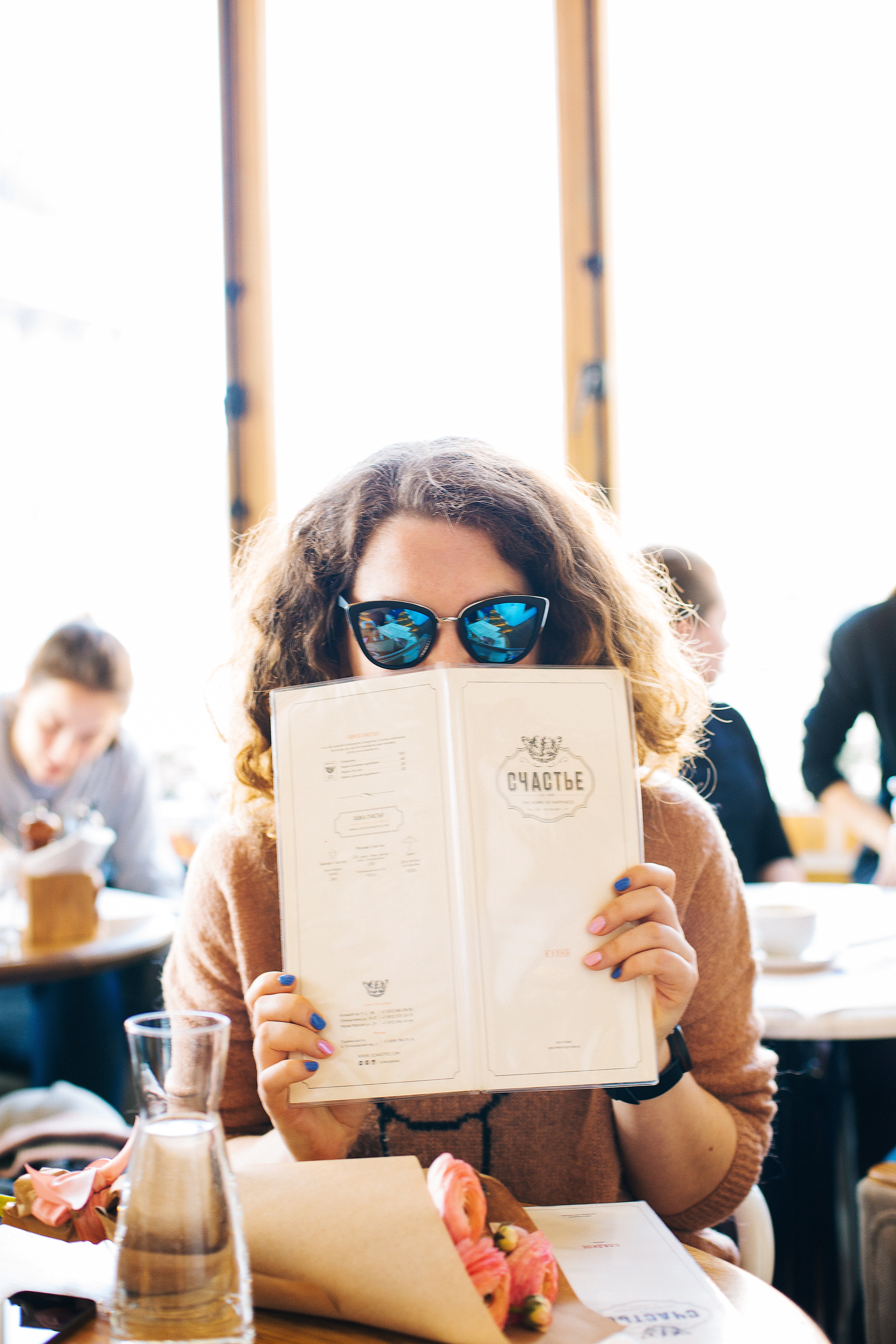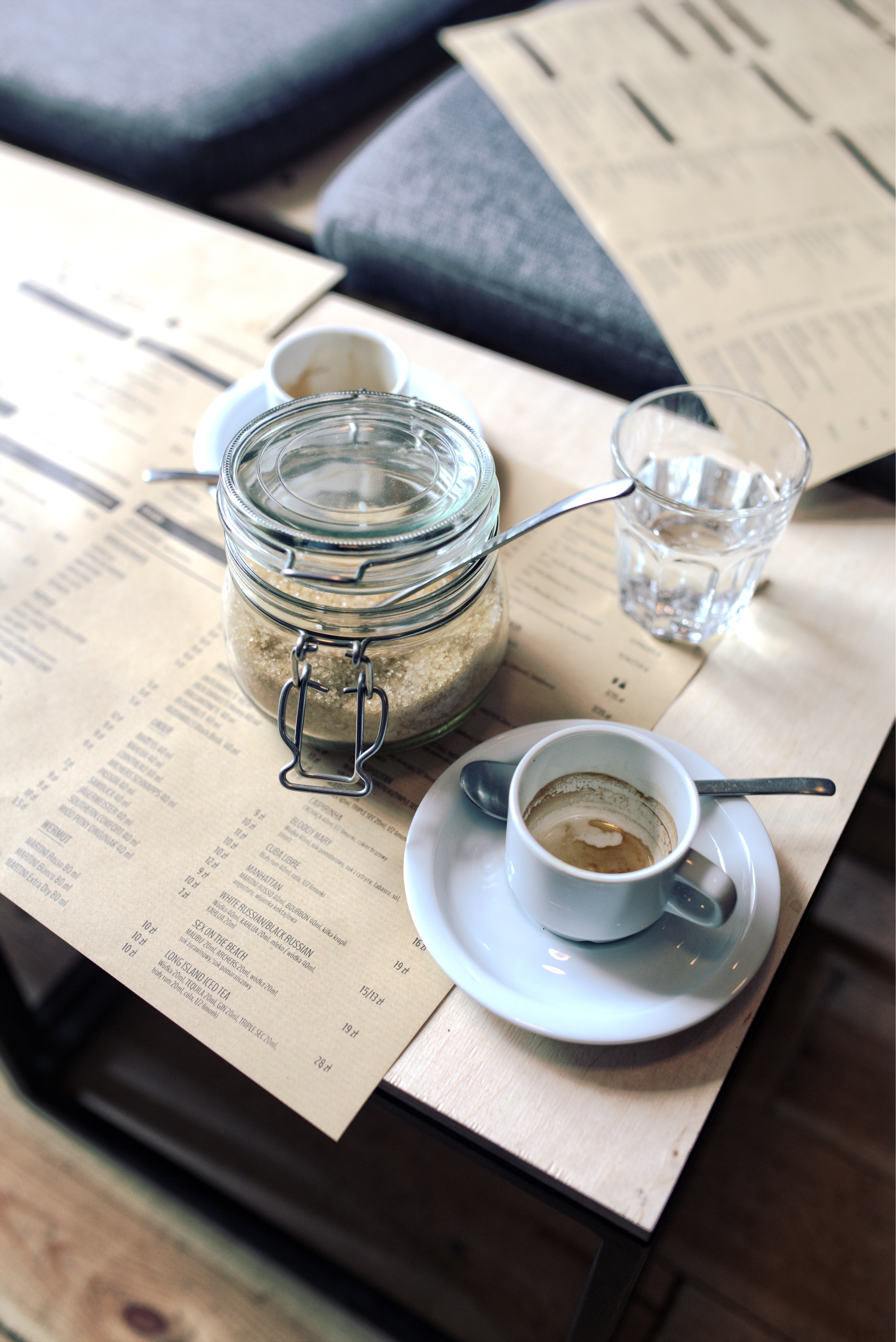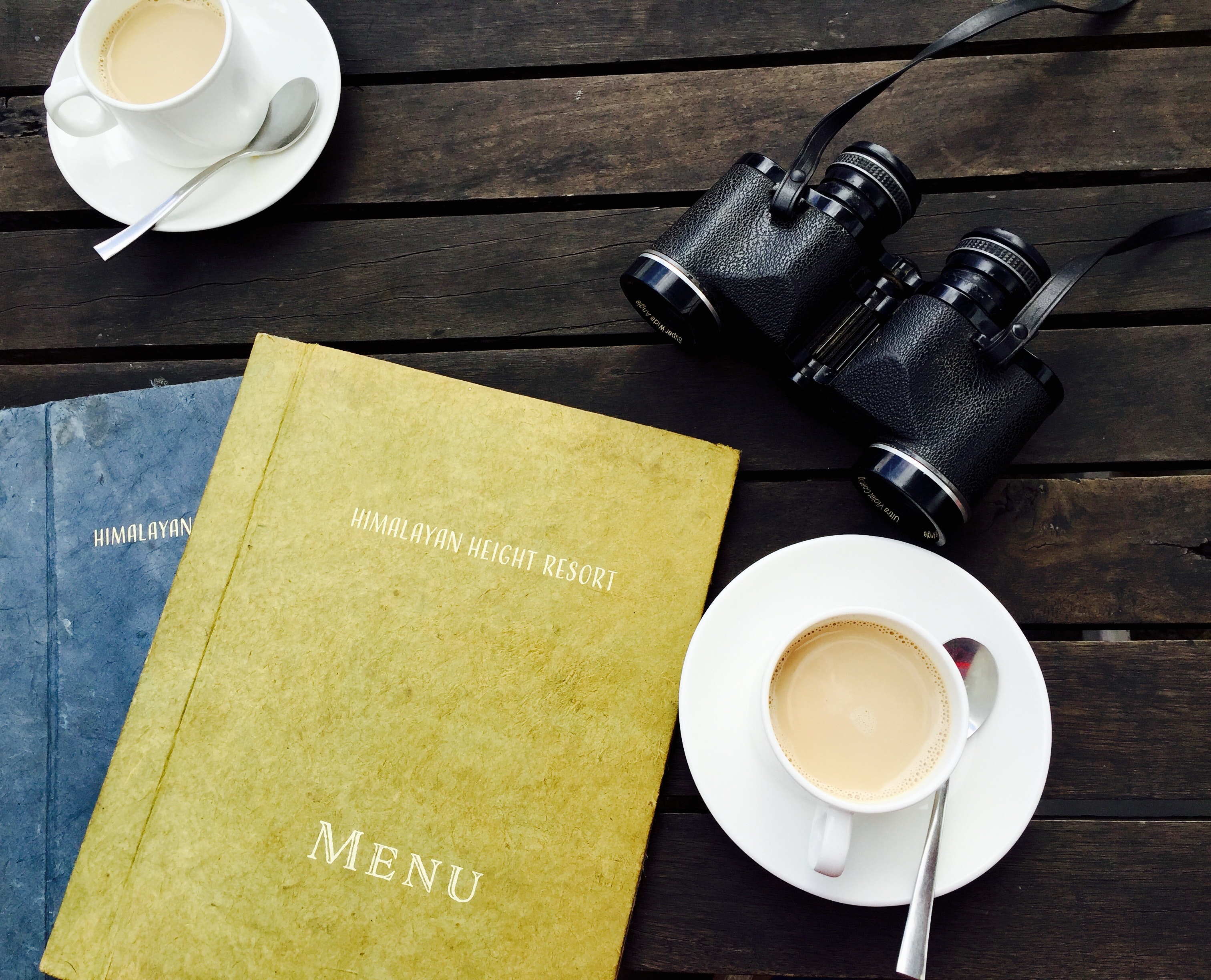Menu Hacks Designed to Dramatically Increase Restaurant Sales
3 Min Read By Placepull
If you haven’t given your menu much attention in a while, you might be missing out on some very easy extra revenue. We lay out three simple restaurant hacks for you to copy that could dramatically increase your restaurant sales in the next year.
With all the buzz of technology in digital restaurant marketing, it’s understandable that the traditional, bread and butter of restaurant marketing can fall by the wayside. We’ve gone back to basics to find the three most effective changes you can make to your menu right now, to maximize your restaurant sales.
Indeed, restaurant marketing experts Placepull say that “Paying special attention to the menu can prove to be one of your best in-house tools to increasing your restaurant revenue.” Let’s have a look at three ultimate menu hacks, followed by some practical examples of how to make each one happen to dramatically increase your restaurant revenue.
1. Make Their Eyes Dance
According to a Gallup poll, diners will scan through your menu in less that two minutes. That means you need to direct, guide and seduce their eyes to where you want, and quickly. Here are some quick tips on how to get your customer to order what you want them to order, to increase your restaurant sales.

Declutter your menu. Without getting too nerdy, the number crunching scientists have decided that as humans, the more options we have, the less likely we’ll actually be able to make a choice.
Those people in lab coats found the ideal number of dishes is seven options per food category. RJ Metrics reports that returning customers spend 300 percentmore, so simplify your menu to make sure they leave your restaurant fully satisfied.
Pick your dish that has the highest gross profit. When you place that item on your menu, put a simple box around it. iMenuPro.com says “There's no single better way to draw attention to a high-profit menu item”. You’re now far more likely to sell your highest profit dish.
Get some professional photos of your more profitable dishes. Brian Mennecke, an associate professor of information systems says that “You respond to the image on the display (menu) like you would respond to a plate in front of you”. That’s sure to increase the chances of an insta-buy on your best money-making meals.
2. Play with Price
Everybody loves eating, but paying for it, well, not so much. Here are some practical ways to keep your diners thinking about filling their bellies, and not emptying their wallets.
Get rid of your dollar signs. Cornell University found that simply removing the dollar signs increased restaurant sales. It works because it helps your customers not associate your meals with parting with their money.
For the same reason as above, spell out your prices in words instead of numbers.

Don’t put your prices in a column to the right, put it right next to your meal’s description. This stops your budget-wise customers from “scanning” to find the cheapest options.
If your customers are on a budget, they won’t usually pick the cheapest option, as they might assume it won’t be that satisfying. So, by slightly increasing the price of your second cheapest item, you’ll increase profits as they will naturally be attracted to that option.
3. Tell Your Customers a Story
For most people, going out to a restaurant is a special occasion, almost like a mini-holiday from everyday life. By capturing your customers’ imagination, we can help them get carried away with their little trip and spend more with you.
The proof is in the pudding, as a Cornell study showed that telling a better menu story will increase sales by 27 percent. Let’s look at how to get your customers carried away with their ordering, and increase your restaurant sales.
Don’t just tell your customers what the food is, tell your customers where it came from. “Line caught from the pure waters of Nebraska”, or “Farm raised in the pristine meadows of Sierra Nevada” are great examples. Your customer will sense the freshness and let their belly do the ordering. Remember, storytelling is good, fibs are bad!
Use branding. If you use brand name ingredients in your food, use the brand name in your menu. This will help tell a story of trust and authenticity, with household names they know and love.
Even the material your menu is made from is important. If you were a Michelin Star restaurant, you wouldn’t have your menu on a paper napkin. But if you were a ribs restaurant, that might actually be a good idea. The details tell the story!

These are three very simple ideas that you can do to change your menu easily but dramatically. The best bit is once it’s done, it’s done, and it doesn’t require much updating or maintenance. Just imagine what a noticeable increase in restaurant sales would look like for you.


